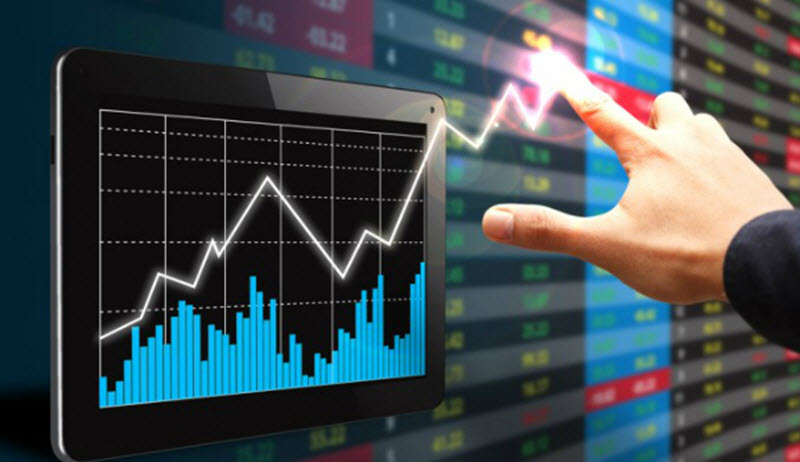For many new traders, CFDs are often one of the first types of financial products they come across. With their simple structure and easy access through trading platforms, they appear to offer a fast route into the markets. But is CFD trading really the right place to begin? The answer depends on a few important factors—your goals, your mindset, and your willingness to learn.
At its core, a CFD (Contract for Difference) lets you trade on the price movement of an asset without actually owning it. This means you can try to profit whether the price goes up or down. In online CFD trading, this flexibility is a big part of the appeal. Traders can choose from different markets—such as forex, commodities, indices, or shares—within one account, all with the option to go long or short.
CFDs also allow trading with leverage. This means a trader can open larger positions than their account balance would usually allow. For example, with 10:1 leverage, a £200 deposit can control a £2,000 trade. While this can magnify profits, it can also increase losses. That’s why risk management is one of the most important skills beginners must learn early on.
One advantage of online CFD trading is the ability to start small. Many platforms accept low minimum deposits, making it possible to get real market experience without needing thousands of pounds. This suits new traders who want to explore the markets without making a large financial commitment. Combined with demo accounts, it gives beginners space to learn and practise in a low-risk environment.
However, CFD trading also demands discipline. The fast pace, leverage, and access to global markets can be exciting—but they can also encourage poor decisions if not managed carefully. New traders who jump in without a clear plan often end up reacting emotionally to price changes, rather than following a strategy. That’s why education plays a big role in making CFD trading a good first step.
Most platforms offer learning tools such as videos, guides, and webinars. These help users understand not only how to use the platform, but also how to read charts, set up trades, and manage their emotions. With consistent learning and practise, beginners can build a foundation that prepares them for more advanced strategies later on.
Still, it’s important to know that CFDs are not long-term investments. They’re better suited to short-term trading, whether that’s minutes, hours, or a few days. For someone looking to build long-term wealth through steady investing, other products like ETFs or shares might be more appropriate. But for those interested in understanding market movement, timing, and strategy, CFDs can offer valuable experience.
Another point to consider is how you handle risk. If you’re comfortable making small decisions and reviewing results, then CFD trading can help you learn in real time. But if large price swings or quick losses cause stress or panic, it might be better to build more knowledge first before using real money.
Online CFD trading is widely accessible, but that doesn’t mean it’s easy. Like any trading approach, it takes patience, control, and time to improve. The key is to start with realistic goals, use the tools provided, and treat every trade as a learning opportunity.
So, is CFD trading the right first step? It can be—if approached with care. For someone ready to commit to learning and build strong habits from day one, CFDs provide a hands-on way to understand how markets work. With a small start, clear limits, and steady learning, beginners can use CFD trading to grow their skills—and confidence—in a real market environment.

